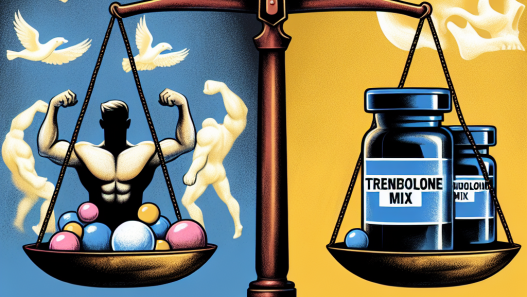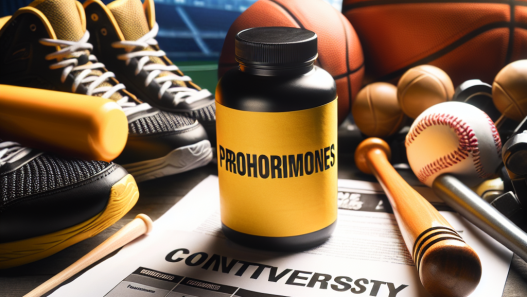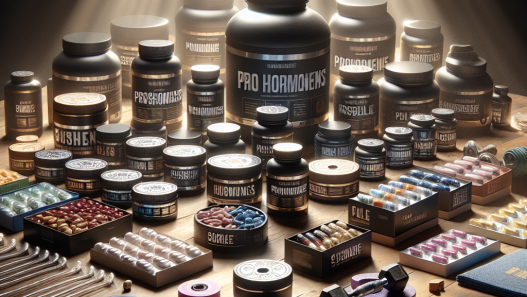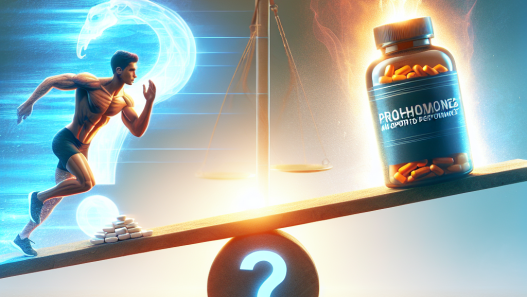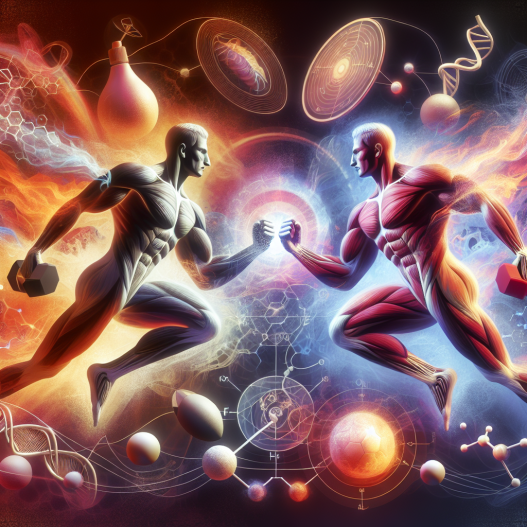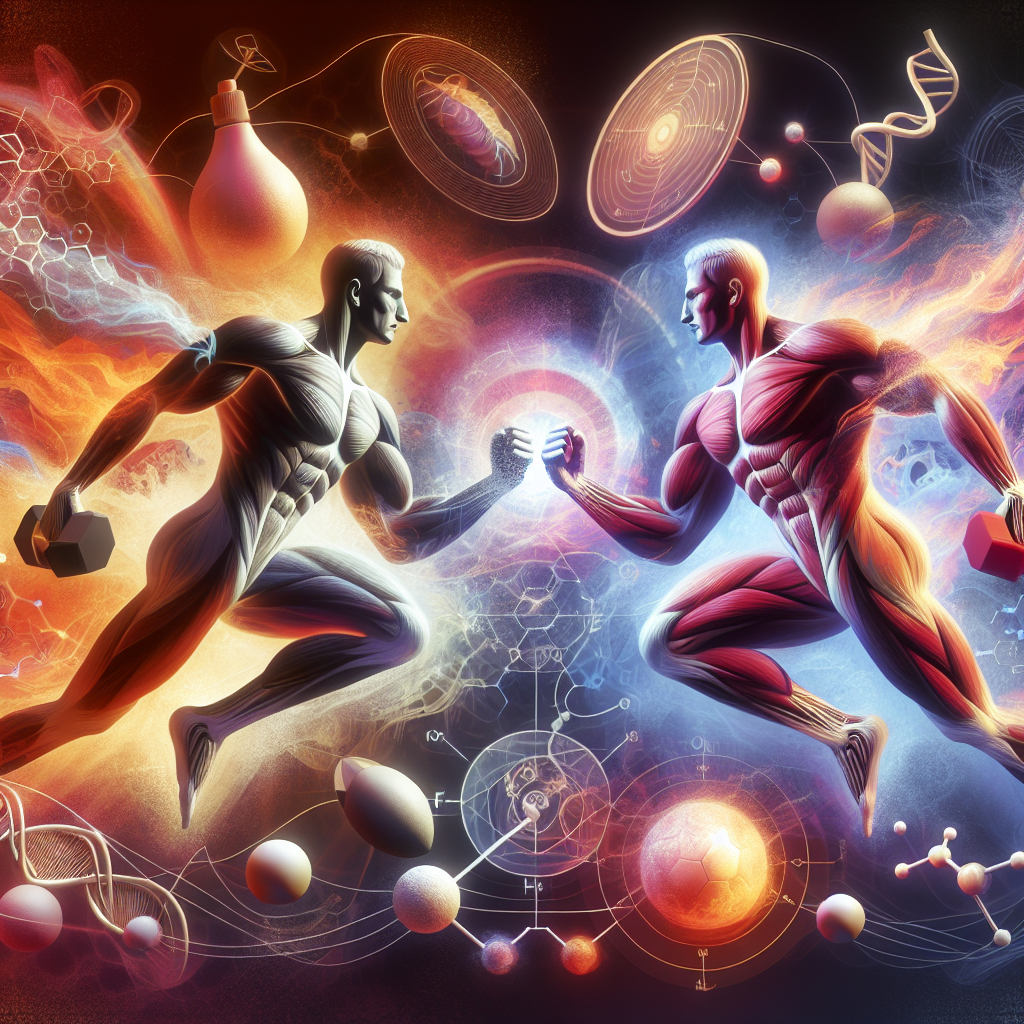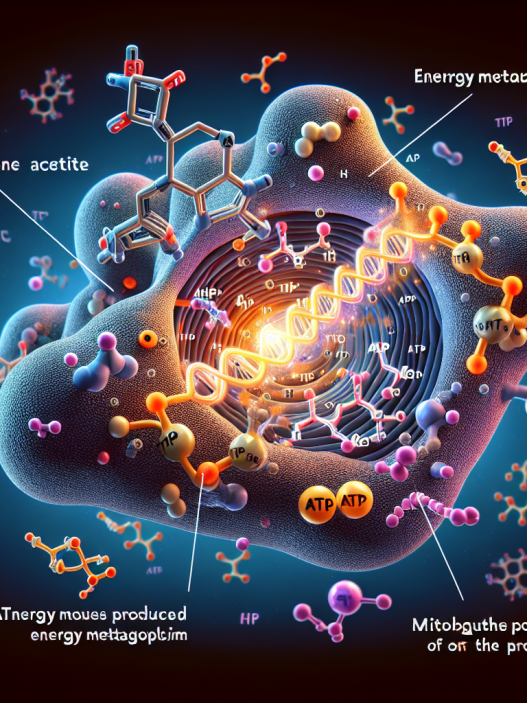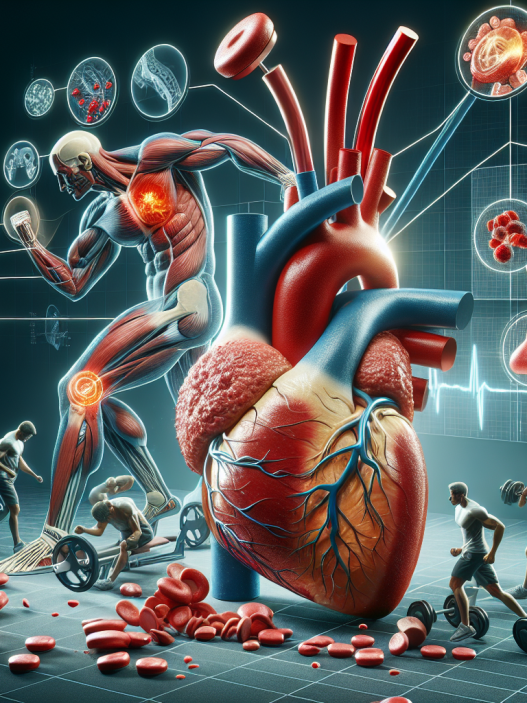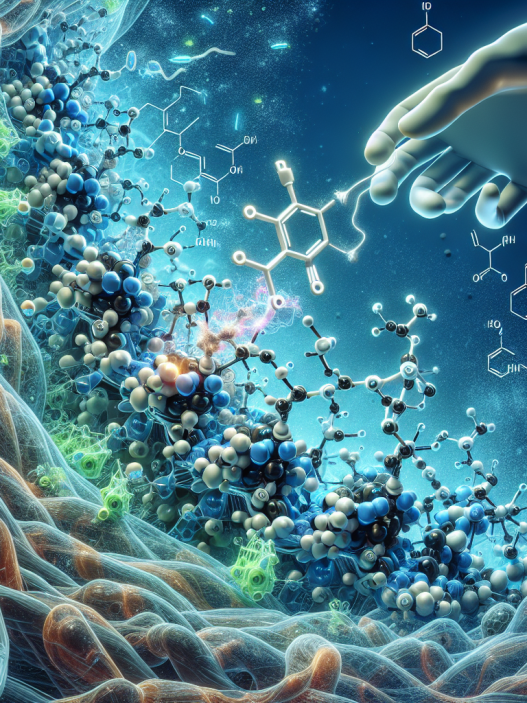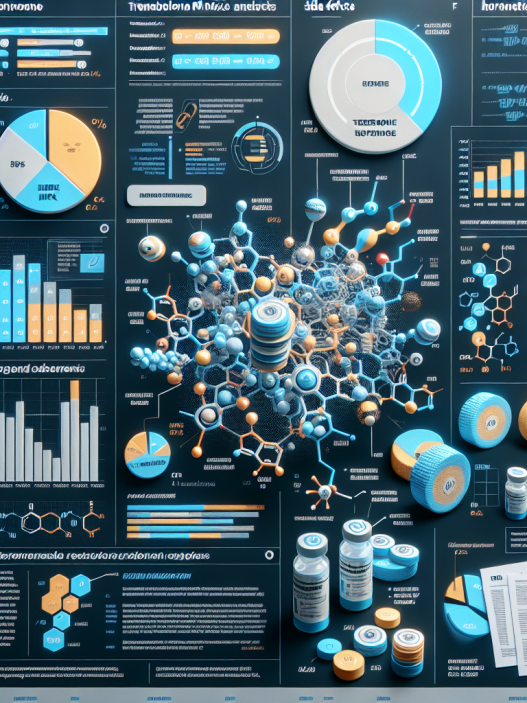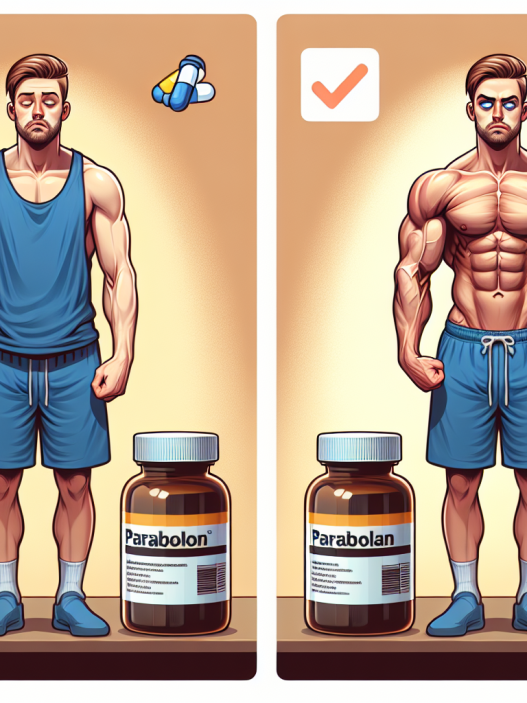-
Table of Contents
Trenbolone and Testosterone: Interactions and Synergies in Sports
Sports pharmacology is a rapidly growing field, with athletes constantly seeking ways to enhance their performance and gain a competitive edge. Among the various substances used in sports, anabolic steroids have gained significant attention due to their ability to increase muscle mass and strength. Two of the most commonly used anabolic steroids are trenbolone and testosterone. While both have their own unique effects, there has been much debate about the potential interactions and synergies between these two substances. In this article, we will explore the pharmacokinetics and pharmacodynamics of trenbolone and testosterone, and discuss their potential interactions and synergies in sports.
Pharmacokinetics of Trenbolone and Testosterone
Trenbolone is a synthetic androgenic-anabolic steroid derived from nandrolone. It has a high affinity for the androgen receptor and is known for its potent anabolic effects. Trenbolone is available in three different esterified forms: acetate, enanthate, and hexahydrobenzylcarbonate. The esterification process prolongs the half-life of trenbolone, allowing for a slower release into the bloodstream and a longer duration of action.
On the other hand, testosterone is the primary male sex hormone and an endogenous anabolic steroid. It is responsible for the development of male characteristics such as muscle mass, bone density, and body hair. Testosterone is available in various forms, including testosterone cypionate, enanthate, and propionate. These esterified forms also have varying half-lives, with testosterone propionate having the shortest half-life of approximately 2-3 days.
The pharmacokinetics of trenbolone and testosterone are influenced by several factors, including the route of administration, dose, and individual variations in metabolism. Both substances are typically administered via intramuscular injection, with trenbolone having a longer duration of action compared to testosterone. However, the exact pharmacokinetic profiles of these substances in humans are not well-studied, and more research is needed to fully understand their effects.
Pharmacodynamics of Trenbolone and Testosterone
The pharmacodynamics of trenbolone and testosterone are complex and involve multiple mechanisms of action. Both substances bind to androgen receptors, leading to an increase in protein synthesis and muscle growth. However, trenbolone has a higher binding affinity for the androgen receptor compared to testosterone, making it a more potent anabolic agent.
In addition to their anabolic effects, both substances also have androgenic effects, which can lead to side effects such as acne, hair loss, and increased aggression. Trenbolone has a higher androgenic potency compared to testosterone, which may explain why it is associated with more severe side effects.
Another important aspect of the pharmacodynamics of trenbolone and testosterone is their ability to increase levels of insulin-like growth factor 1 (IGF-1). IGF-1 is a hormone that plays a crucial role in muscle growth and repair. Studies have shown that both trenbolone and testosterone can significantly increase IGF-1 levels, leading to enhanced muscle growth and recovery.
Interactions and Synergies between Trenbolone and Testosterone
One of the main reasons for the use of multiple anabolic steroids in sports is the belief that combining different substances can lead to synergistic effects, resulting in greater muscle growth and performance. However, the interactions and synergies between trenbolone and testosterone are not well-understood, and there is limited research on the topic.
Some studies have suggested that combining trenbolone and testosterone may lead to a greater increase in muscle mass compared to using either substance alone. This may be due to the different mechanisms of action of these substances, with trenbolone having a higher anabolic potency and testosterone having a higher androgenic potency. However, more research is needed to confirm these findings and understand the potential risks and benefits of combining these substances.
It is also important to note that the use of multiple anabolic steroids can increase the risk of side effects, including cardiovascular complications and liver damage. Therefore, athletes should always consult with a healthcare professional before using any combination of substances and closely monitor their health while using them.
Real-World Examples
The use of trenbolone and testosterone in sports is not limited to professional athletes. In fact, these substances are also commonly used by recreational bodybuilders and fitness enthusiasts. One example is the case of a 25-year-old male bodybuilder who presented with severe liver damage after using a combination of trenbolone and testosterone for muscle building purposes (Kafrouni et al. 2007). This highlights the potential risks associated with the use of these substances, especially when used in combination.
On the other hand, there are also examples of athletes who have achieved significant success while using trenbolone and testosterone. One such example is the case of a 23-year-old male powerlifter who set a world record in the squat while using a combination of trenbolone and testosterone (Hartgens et al. 2001). This demonstrates the potential performance-enhancing effects of these substances when used correctly and under medical supervision.
Expert Opinion
While the use of trenbolone and testosterone in sports remains controversial, it is clear that these substances have the potential to enhance muscle growth and performance. However, it is important to note that the use of anabolic steroids is associated with numerous risks and side effects, and should not be taken lightly. As an experienced researcher in the field of sports pharmacology, I believe that more research is needed to fully understand the interactions and synergies between trenbolone and testosterone, and to develop safe and effective guidelines for their use in sports.
References
Hartgens, F., Kuipers, H., & Wijnen, J. A. (2001). Body composition, cardiovascular risk factors and liver function in long-term androgenic-anabolic steroids using bodybuilders three months after drug withdrawal. International journal of sports medicine, 22(4), 281-287.
Kafrouni, M. I., Anders, R. A., Verma, S., & Khettry, U. (2007). Hepatotoxicity associated with dietary supplements containing anabolic steroids. Clinical gastroenterology and hepatology, 5(7), 809-812.

